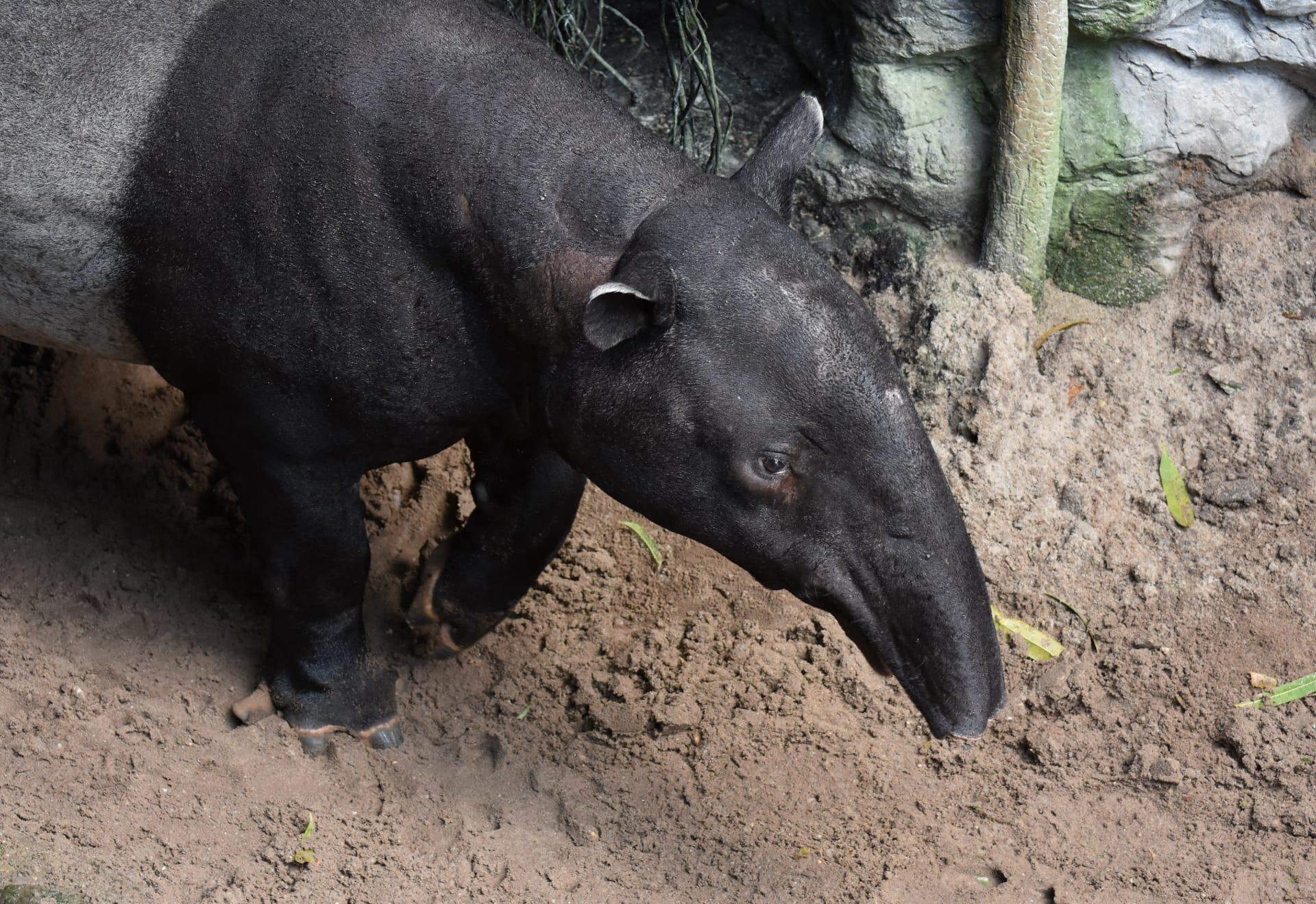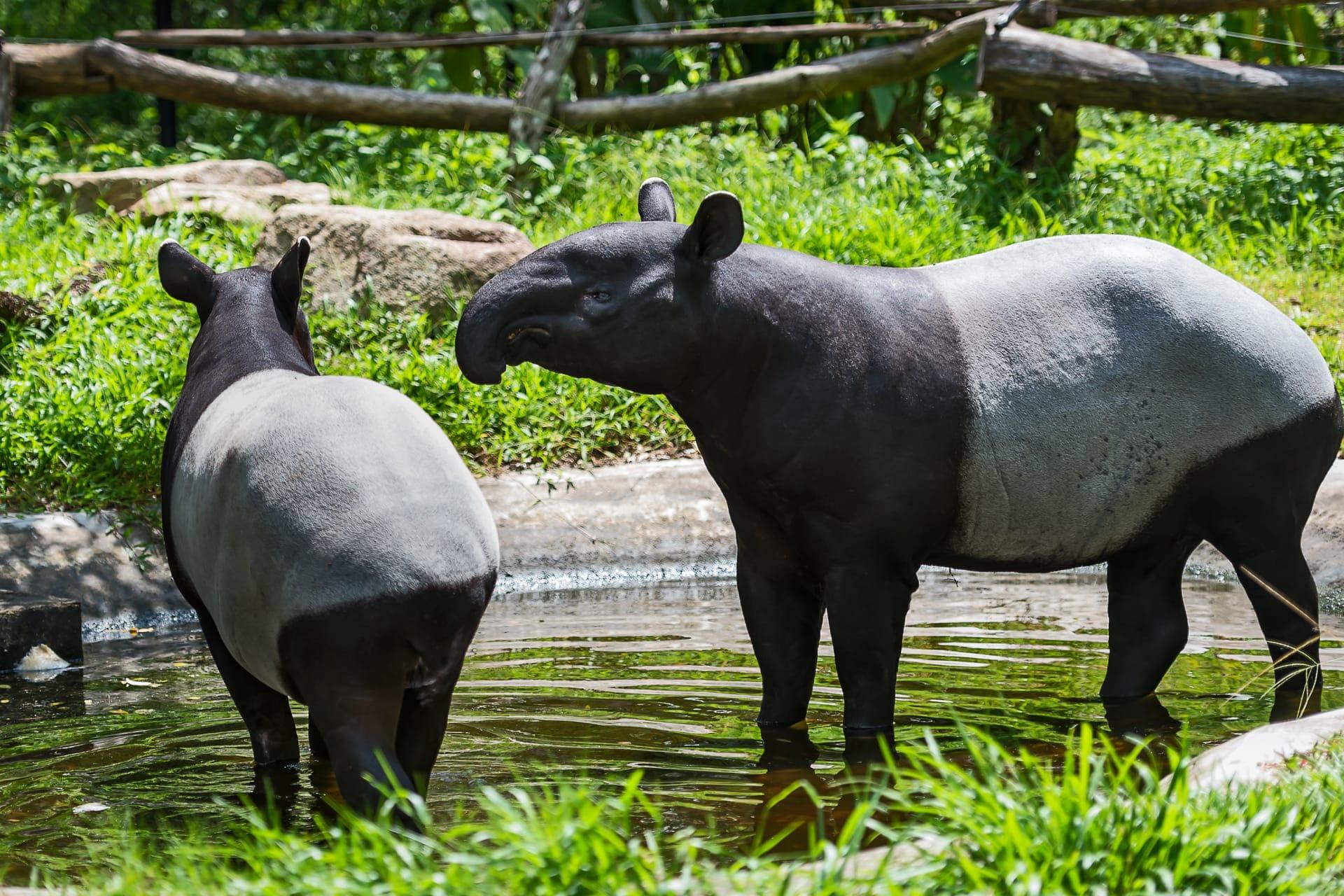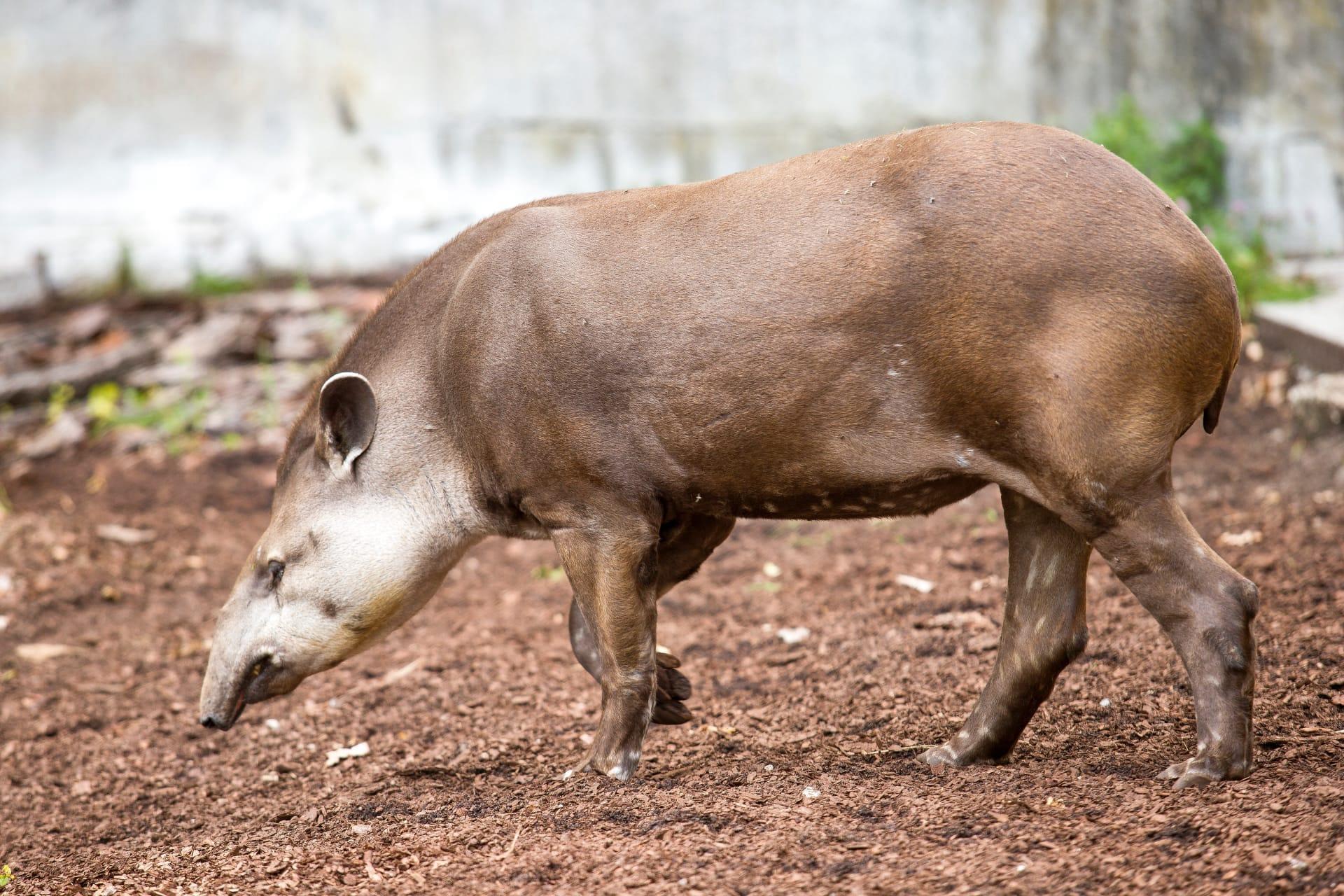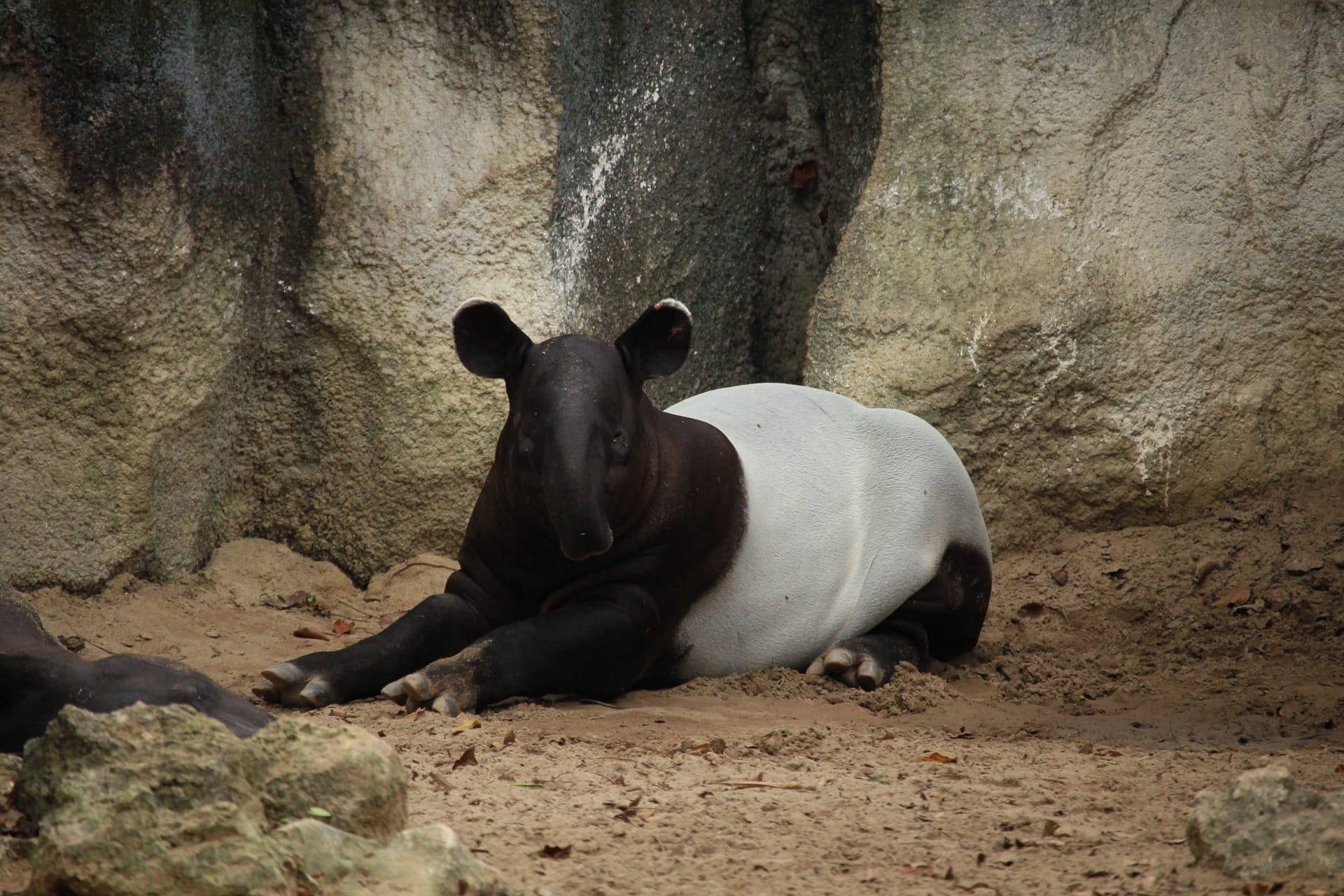Tapir Trivia
- Home /
- Trivia Question /
- Animal /
- Tapir Trivia
1
Question: What distinguishes the Malayan tapir's physical appearance from other tapir species?
Answer: The Malayan tapir, native to Asia, is known for its unique color pattern. Unlike its South American cousins, it has a distinctive two-tone coloration, featuring a stark contrast of black and white. The front and back parts of its body are black, while the middle section, wrapping around its back and extending down its sides, is white or gray. This coloration provides camouflage in the shadowy underbrush, making it harder for predators to spot them. Adult Malayan tapirs can grow up to 6-8 feet in length and weigh between 550-700 pounds.
Question: How do tapirs contribute to their ecosystem?
Answer: Tapirs play a crucial role in their ecosystems as seed dispersers. They consume a variety of fruits and plants, and their digestive system helps in spreading the seeds over vast areas through their feces. This seed dispersal aids in maintaining the diversity and health of the tropical forests they inhabit. Studies have shown that seeds that pass through a tapir's digestive system germinate more quickly and effectively, making tapirs essential for forest regeneration, especially in regions like the Amazon and Southeast Asian rainforests.

2
Question: Is it true that tapirs are silent animals?
Answer: Contrary to popular belief, tapirs are not silent creatures. They communicate through a range of sounds, from high-pitched whistles to low-frequency calls that are inaudible to humans. These sounds are crucial for mother-calf communication, social interactions, and even for warning others of potential threats. The diversity in their vocalization indicates a complex communication system within their species.
Question: Do tapirs have poor eyesight, as often assumed?
Answer: Yes, tapirs have relatively poor eyesight, but this is compensated by their excellent sense of smell and hearing. Their eyes are small compared to their body size, which contributes to the misconception about their vision. However, their large, mobile ears and sensitive snouts effectively help them navigate and detect predators or food in their dense forest habitats. This sensory adaptation is essential for their survival in the wild.

3
Question: How long do tapirs live in the wild?
Answer: Tapirs have a relatively long lifespan, especially when compared to other large mammals in their habitat. In the wild, they can live up to 25-30 years, a testament to their robustness and adaptability. This lifespan can extend up to 35 years in captivity, owing to better healthcare and absence of predators.
Question: What are the primary threats to tapir populations?
Answer: The major threats to tapir populations include habitat destruction, poaching, and fragmentation due to human activities. Deforestation for agricultural purposes reduces their natural habitat, while road construction and urban development lead to habitat fragmentation. Poaching for meat and hide, particularly in certain regions of Central and South America, further endangers these species. Conservation efforts are focused on habitat preservation and anti-poaching measures to ensure the survival of these unique animals.

4
Question: Are tapirs good swimmers?
Answer: Yes, tapirs are surprisingly adept swimmers. They are often found near water bodies and can swim well, using their snouts like snorkels when submerged. This ability helps them not only in finding aquatic plants for food but also in escaping predators. They can even walk on the riverbeds, demonstrating their versatility in both terrestrial and aquatic environments.
Question: What is the gestation period of a tapir?
Answer: The gestation period for a tapir is quite long, lasting about 13 months. Female tapirs give birth to a single calf, which is born with distinctive striped and spotted coat patterns for camouflage. These patterns fade as the calf grows, eventually turning into the adult coloration. The extended gestation period and care for the young highlight the significant investment tapirs make in their offspring's survival.

5
Question: How do tapirs use their distinctive snout?
Answer: Tapirs have a unique and flexible snout that works much like an elephant's trunk. They use it to grab leaves and fruit, pulling food into their mouth. This prehensile snout is also used for social interactions and to explore their environment, acting as a sensory organ. Its flexibility and mobility allow tapirs to forage for food in both terrestrial and aquatic habitats effectively.
Question: What is the social structure of tapirs?
Answer: Tapirs are generally solitary animals, only coming together for mating purposes. After mating, the male and female go their separate ways. The female raises the calf alone, with the young staying with the mother for up to two years. This solitary nature helps reduce competition for resources within their habitat. However, tapirs do communicate with each other through scent markings and vocalizations, maintaining a sense of community despite their solitary lifestyle.